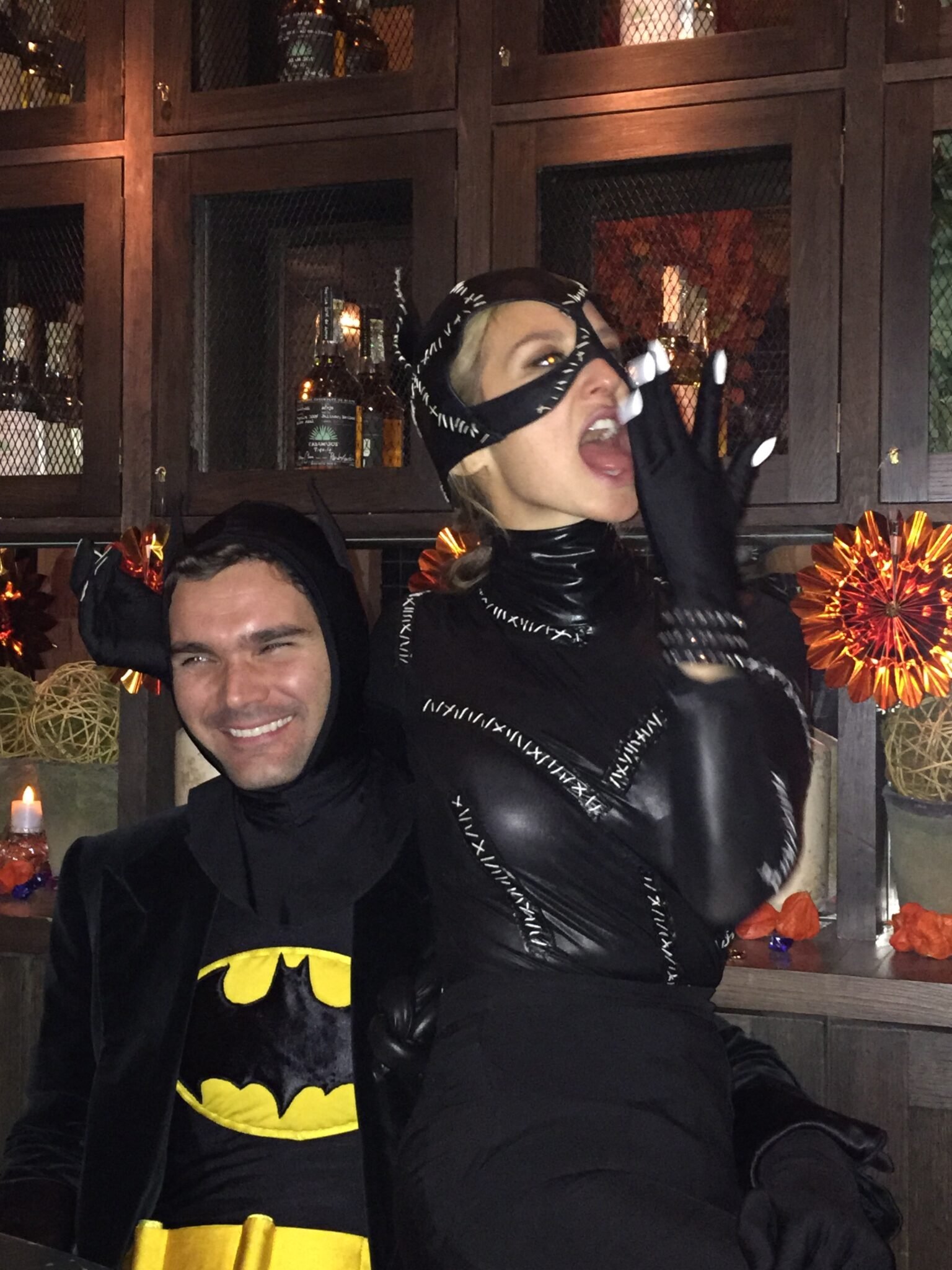


















Once Upon A Time, two strong but impetuous neurotic stubborn people decided to marry each other. There was some joy, there was laughter. But as was more than expected, it was rivalry between a cat and a bat. It was a painstaking gamble. But to this very day, their union lives (surprisingly) on. It lives on with the usual scorn and tirades, with some random napkin love notes and foot massages. It lives on with war and punishment, and sometimes, surrender. But their love proves something wonderful. That trying and failing is better than not trying at all. And it proves most importantly, that they lived—fully.
In Andy Tennant’s version of Cinderella, Ever After, Cinderella (a.k.a Danielle) wittily and courageously rescues herself from the evil villain who locked her up and threatened to violate her. She escapes and finally falls into the arms of Prince Henry, marrying him and becoming a princess. At the very end of the film, they look deeply into each other’s eyes and exchange the following dialogue:
Danielle: You, sir, are supposed to be charming.
Henry: And we, princess, are supposed to live happily ever after.
Danielle: Says who?
Henry: You know, I don’t know.
Well I do (I looked it up). The first written use of “happily ever after” was in Giovanni Boccaccio’s The Decameron, published in 1702. The context was in fact in regard to marriage, and translated to “so they lived very lovingly, and happily, ever after.”
But Ever After’s ending does not end on such a “perfect” fairytale note. It ends on a note of continuation—of misunderstandings and quarrels, of mysteries and attraction, of arrogance and complexes and admiration all wrapped into one eternally combustive package. The entire film’s dialogue is magnificently and refreshingly real, triumphant and tragic ongoingly. It is not a tragedy that suddenly turns to triumph of happiness over suffering ever more.
My unending claps (and thanks) to Susannah Grant, Andy Tennant, and Rick Parks for a unique retelling of Cinderella’s story and rare representation of a “fairy” tale. I have nothing against fairies, but this film leaves the fairy godmother out, along with the traditional storyline of prince-rescues-damsel-princess-in-distress. It’s not only relievingly realistic, refreshing and reassuring, it’s also my new favorite word, humanistic.
Here is why.
Many fairy tales, like Disney’s and Kenneth Branaugh’s 2015 Cinderella, emphasize the wrong messages. As in, the protagonist is to be silent, patient and kind in the face of injustice. Fairy tales tend to validate the wrong examples. Messages of a wronged princess who must wait for a prince to save her and finally bring her happiness ever after. But Ever After offers the kind of examples of behavior and mentality and the kind of healthy psychological messages that we want to teach and instill in our band of younglings.
I must admit, Javi and I were prettttttttty courageous to venture into our love story. As I believe every couple is on the brink of their own venture. We are all heroic legends taking shape. Some end in triumph. Others end in tragedy. But ours? Our legend doesn’t end. It is trials n’ tribulations, some good, some bad, blended over and over. And at the very least, some wine to bring out a few laughs and keep us from wanting to strangle each other every once in a while.
Our tale’s dialogue goes something more like this:
Batman: This would-be victim fights back—and I’m stronger and faster than you are.
Catwoman: Are you? Can you hate the way I can hate?
SWAAAK!! (Bat to Cat)
Catwoman: For years I’ve been here—wanting you and hating you. Afraid to move—because of you! My life in ruins—because of you!
KPOWWW!! (Cat to Bat)
Batman: AAAHHHH!
Catwoman: Everything lost—because of you!
“A bird may love a fish, Signore, but where would they live?” says Danielle to Leonardo Da Vinci in Ever After. To which Leonardo responds, “Then I shall just have to build you wings!” And Batman may love Catwoman, but how do they not end up destroying each other? I believe it’s as simple as each deeply knowing they can’t underestimate the other. And sometimes, finally surrendering. Bat: “Well, Cat… It seems I beat you at last. Now let’s take a look at that bandage.” Cat: “Oh what’s the use? I know when I’m… licked. Go ahead.”
Those hurtful things we sometimes say (and likely don’t mean) may just be the verbal equivalent of a cold splash in the other’s face. A way of shaking the other out of their smug self-righteous disingenuousness or letting off some steam from the slow-drip of aggressive, impatient and competitive venom we let happen over time. But so what? This doesn’t have to equate to an unhappy anti-tale with no fairy dust.
Some marriages are sexless. Other bicoastal. Some are childless, while others are all about the children. Some are financial agreements while others are political arrangements. The reality is every marriage is unique. There is no formula for what works. It all depends on the individuals involved.
The story of a bird with a fish or a bat with a cat is not the “anti-fairytale,” with its less than happy ending. There is no antagonist who wins and protagonist who loses at the end of their story. They are—as I suppose we all are—just simply a tale of two individuals. Who make each other, not happier, but holier.